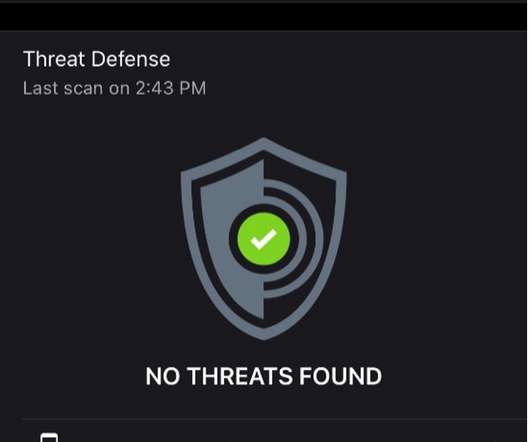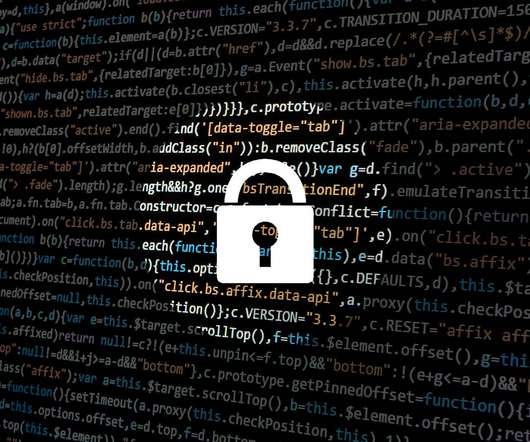Ransomware hits the cloud
Lacework
JUNE 14, 2022
In the last two years, we’ve seen a 600% increase in attacks which is not terribly surprising given ransomware, a form of malware that seeks to encrypt or withhold data unless a ransom is paid, is profitable for attackers. Move over Windows, Linux is next. The adoption of containers and Linux has increased the attack surface.






















Let's personalize your content